Another Orlando Area Fishing Report
The Mitzi is still for sale! It’s just had an annual service, and the hours were 984.
Blog Post This Week– How to Fish All Day Without Hurting Your Back
The week started out with a bang that had an unexpected twist. On Monday I took the three-weight out to go bluegill fishing. I only got two. But the bass were on fire, eating my little bluegill popper like great white sharks eating seals. I got twenty or so.
Lots of little ones, but several decent ones and a fatty that anyone would be happy to get, close to five pounds. They gave that little rod a workout, I know that. It was a wonderful day.
Tuesday I went scouting in the Indian River Lagoon for my trip on Wednesday. The weather could not have been nicer and holy cow, I found some fish! I had written a blog a few weeks back about the Lunkerhunt Swim Bentos Bait. The packages were still unopened and I wanted to try one, so the Dace was put on a hook and showed to some prospective clients. They ate it as well as they eat anything else.
Some said no, of course. I missed a couple of strikes, but got three 20 inch plus trout and one red on the dace. The last fish to eat it was a five pound trout- he actually ate it, was hooked in the gills, and was mostly bled out by the time he was boated.
Getting the hook out ruined the lure, so I switched to the old reliable DOA CAL Shad, which nailed the best fish of the day, a 28 inch red. I broke my rod getting pictures of it. I saw a bunch more fish after that but missed the only eater. It was a wonderful day.
Wednesday’s trip was postponed until Friday due to the weather. I took the opportunity to visit the lab at the Orlando VAMC, always an interesting trip. The afternoon was spent doing taxes. It was not such a wonderful day.
Thursday had a high of 59 degrees with 20+mph winds. Didn’t fish.
Friday found me out on the Indian River Lagoon with fly fisher Will Zobel and his buddy from school days, Roger. The weather was a bit breezy and there were rather a lot of clouds that made sight fishing difficult. That being said, we were in fish most of the day- fussy, uncooperative fish. Some fine presentations were made. In spite of that only one small red was caught, and that on a DOA CAL Shad. It was a beautiful day, but tough and frustrating from an angling standpoint.
And that is this week’s Orlando area fishing report.
Life is great and I love my work!
Life is short. Go Fishing!
John Kumiski
http://www.spottedtail.com
All content in this blog, including writing and photos, copyright John Kumiski 2014. All rights are reserved.

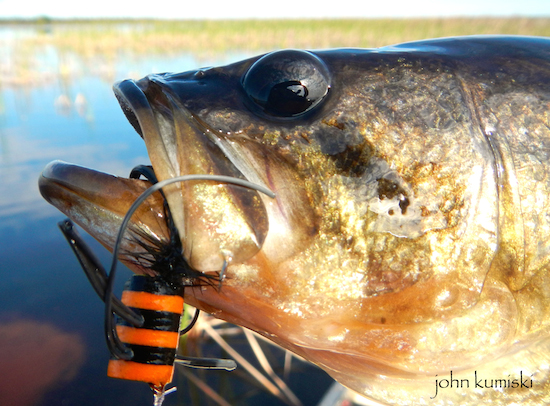
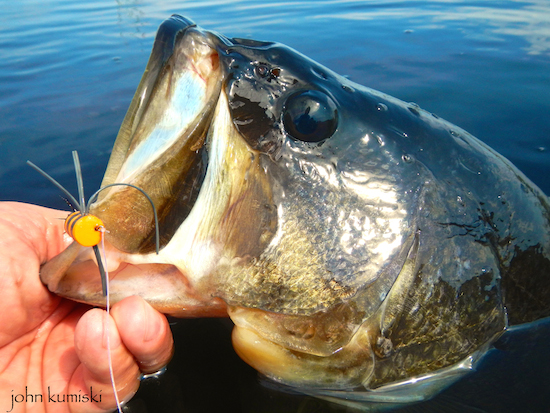
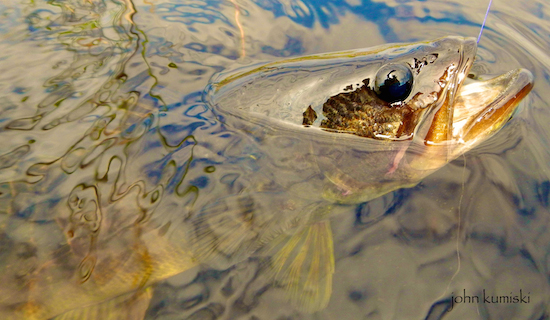
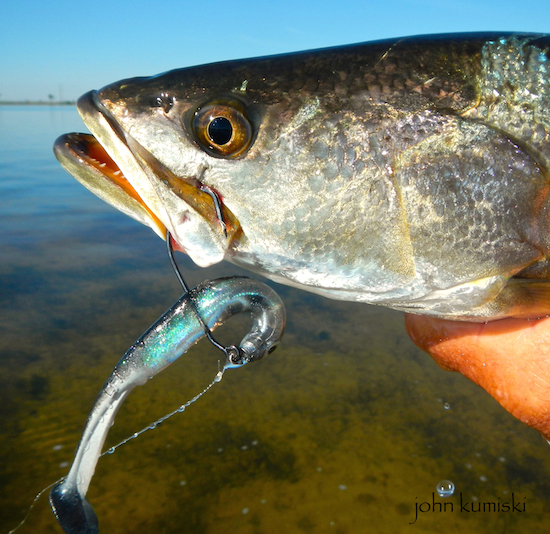
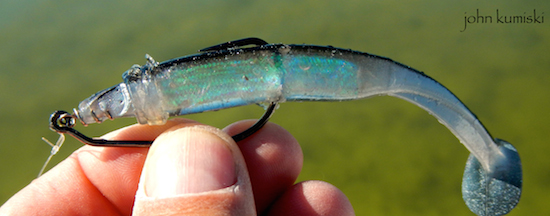
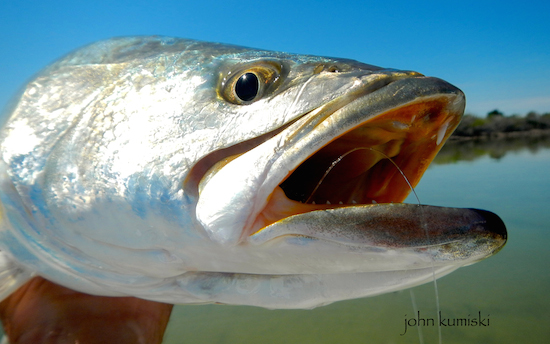
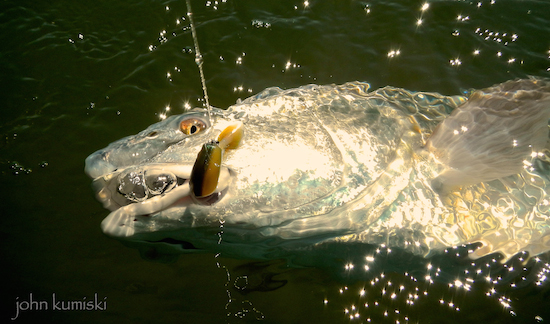
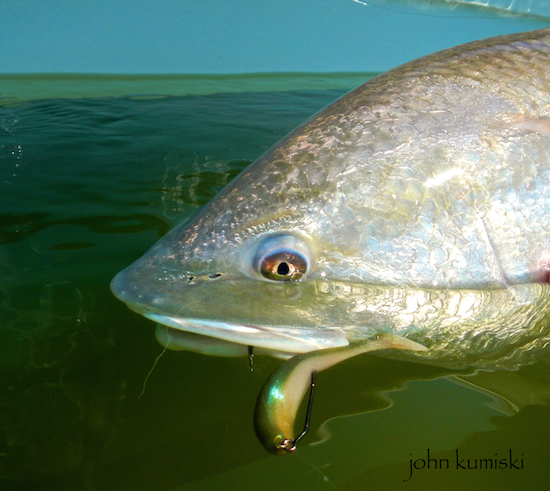
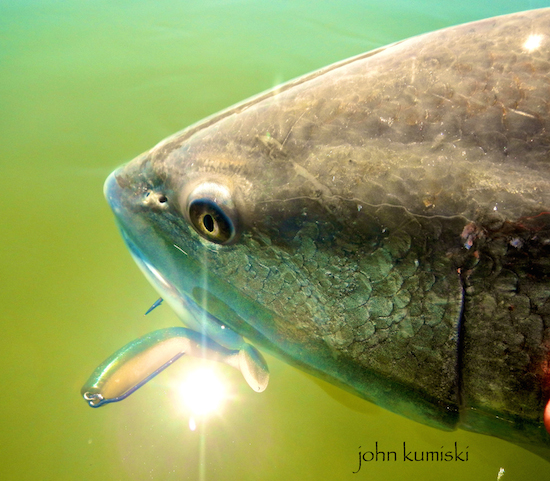

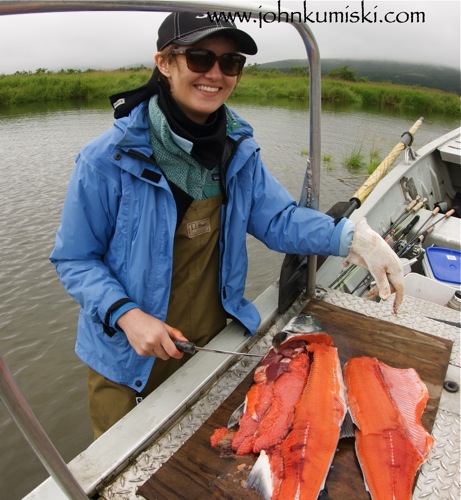
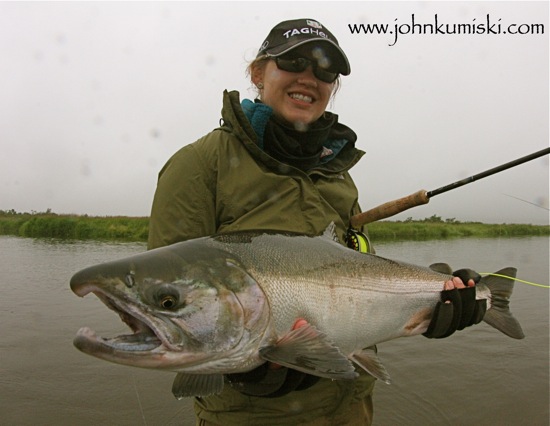
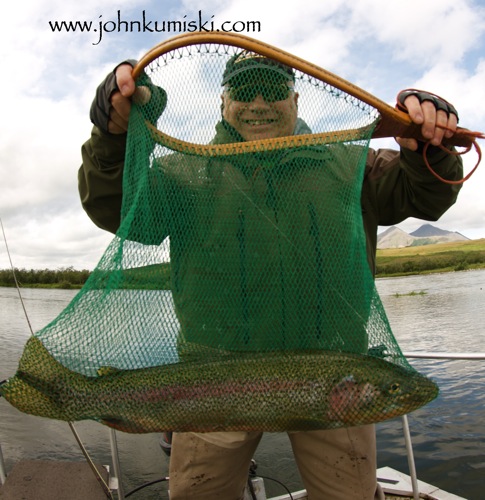
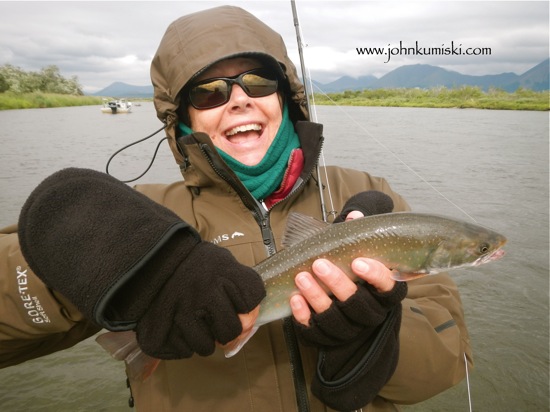
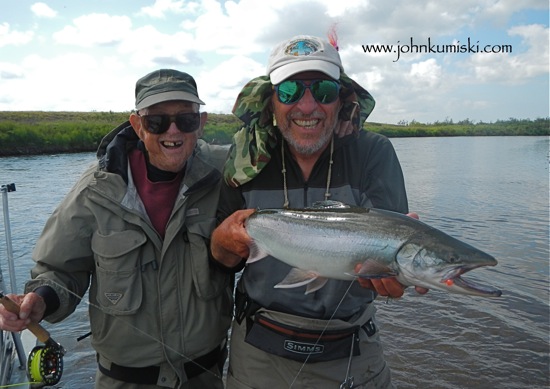
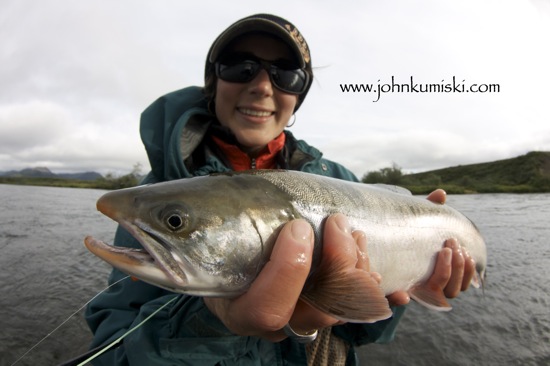
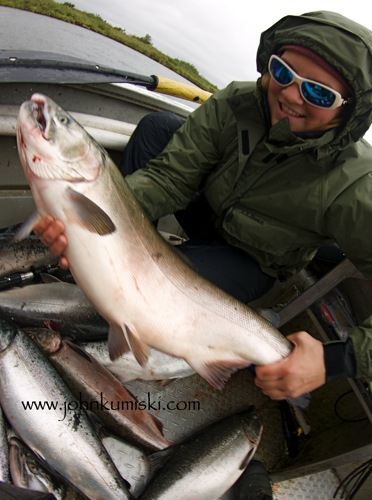
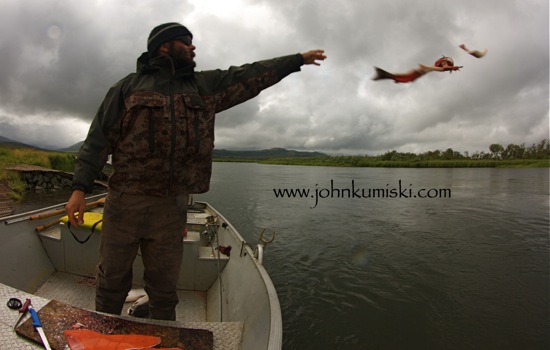
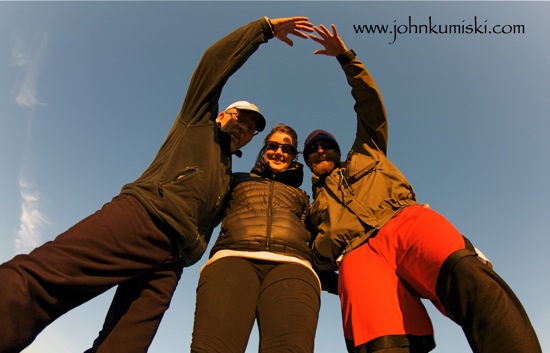
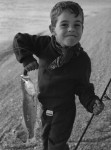
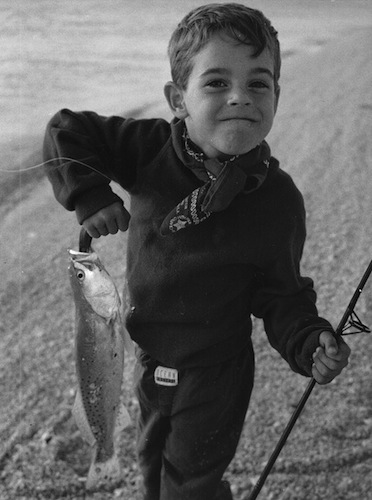
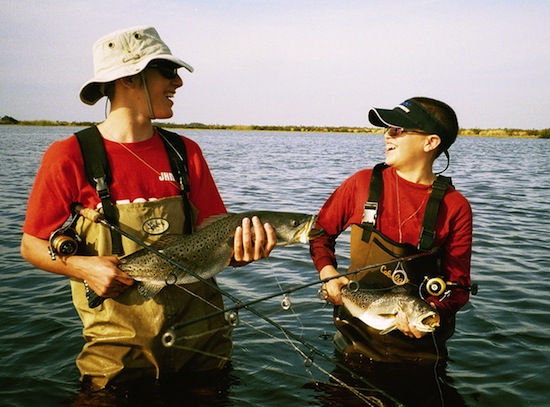
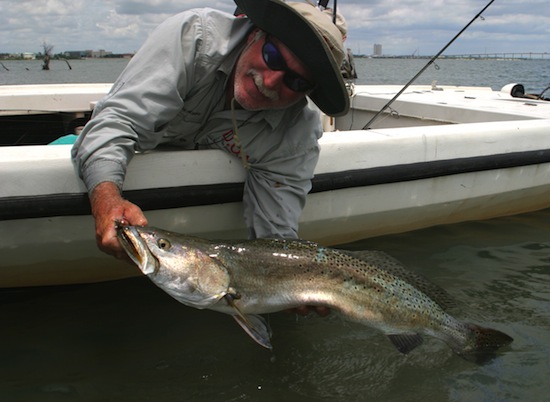
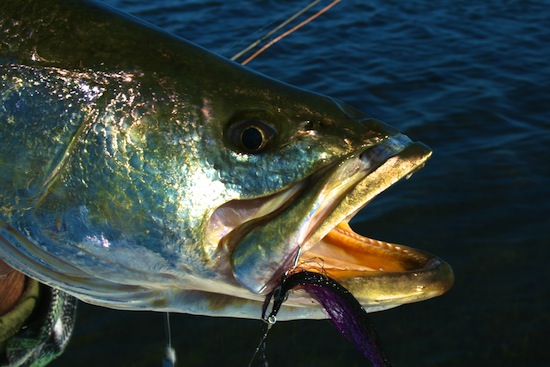
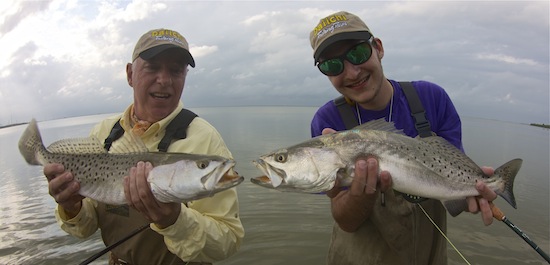
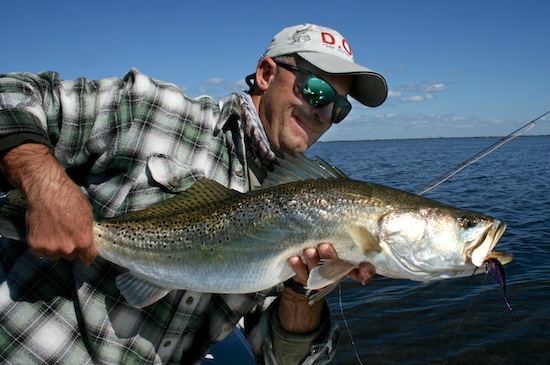
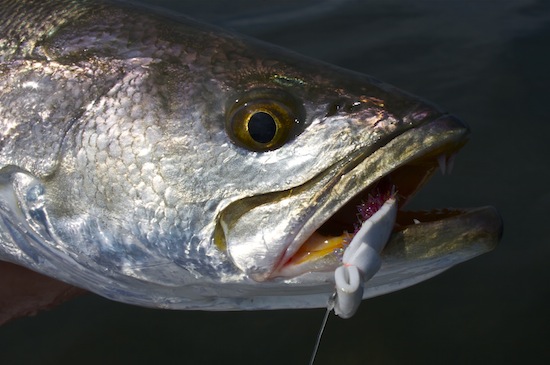
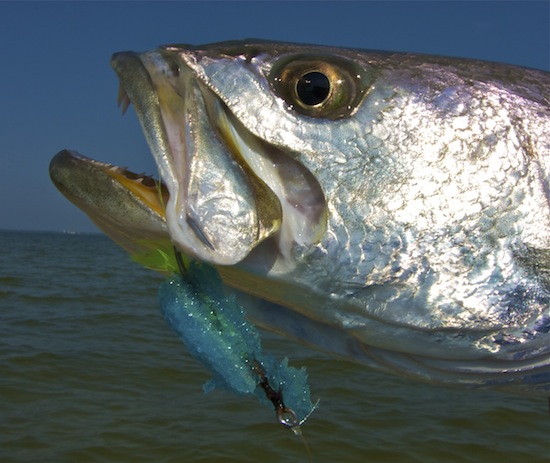

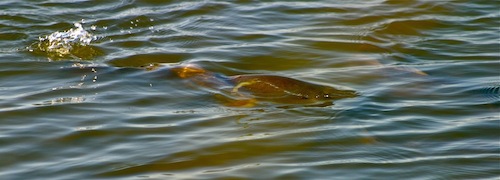
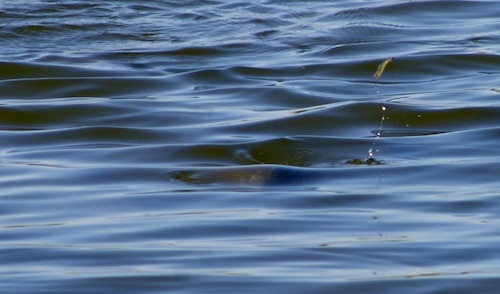
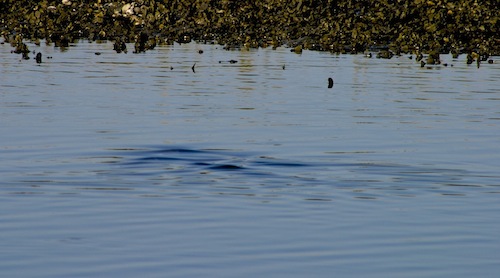
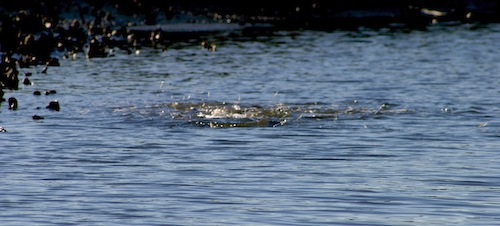
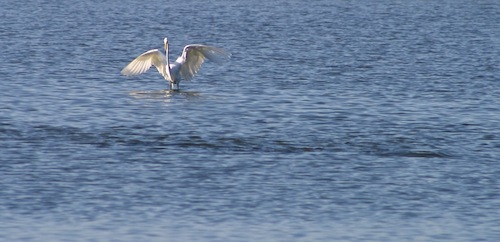
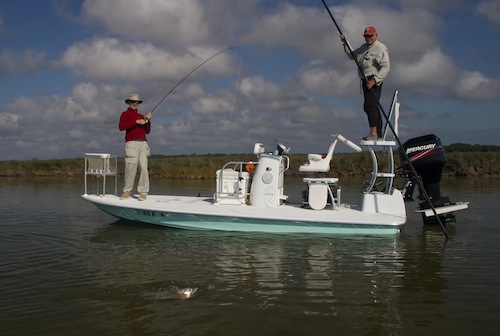
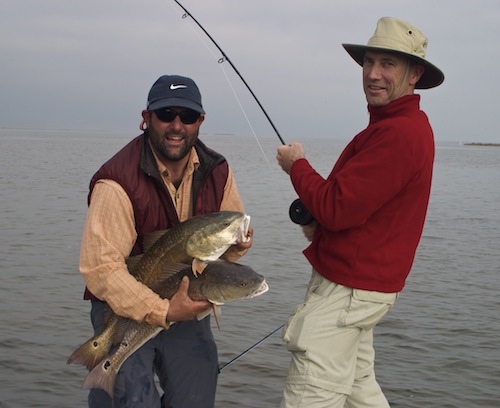
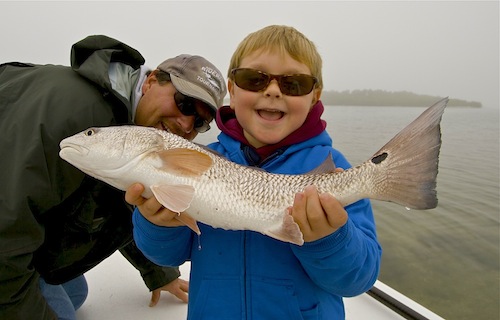
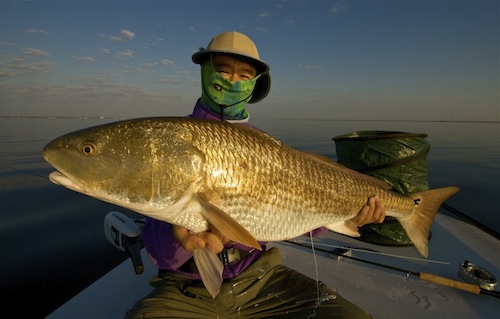
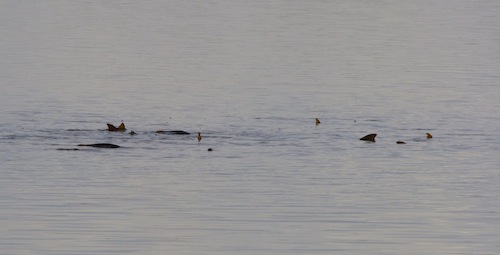
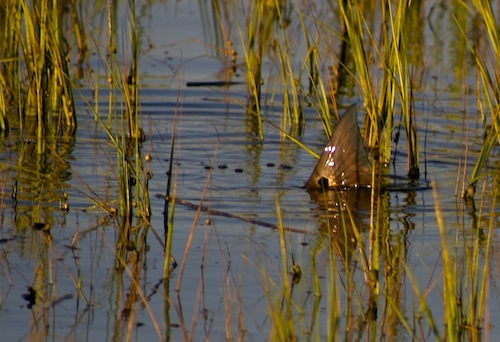
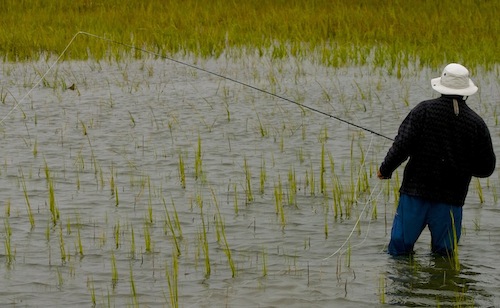
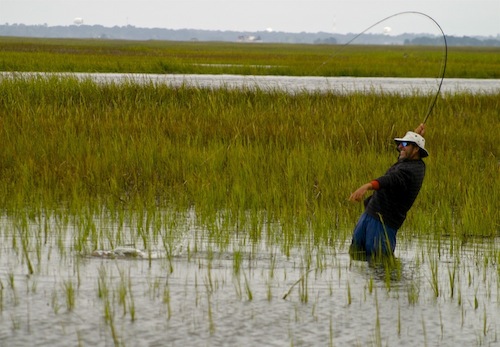
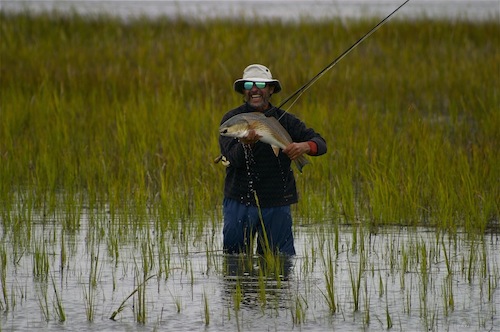
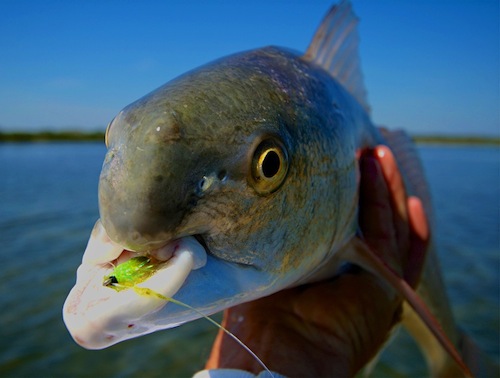
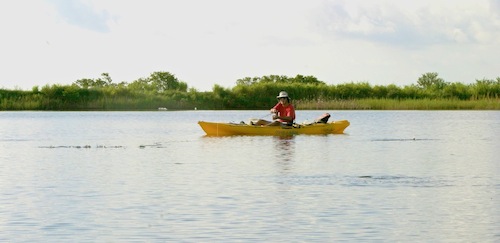
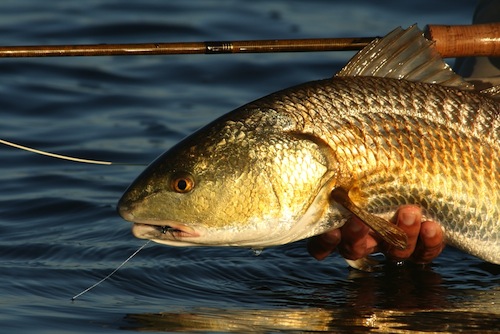
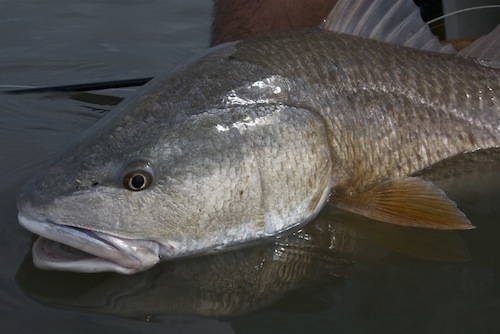
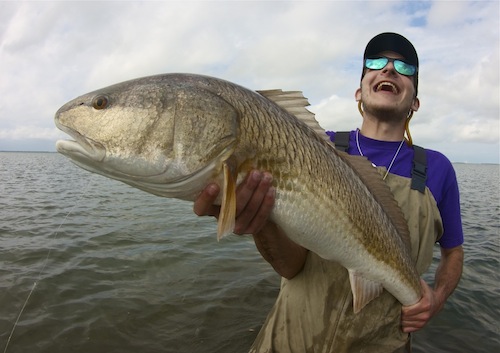
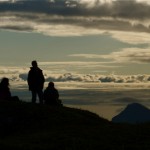
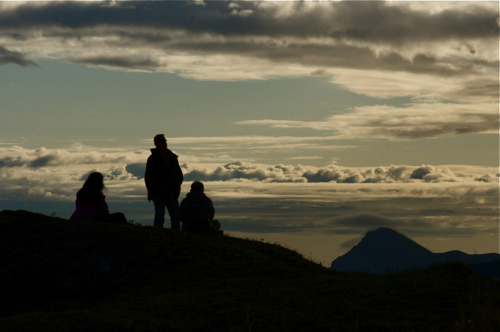
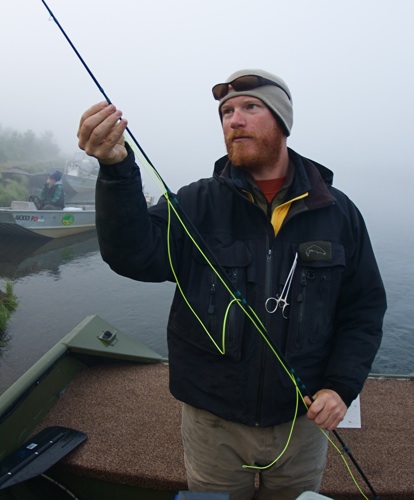
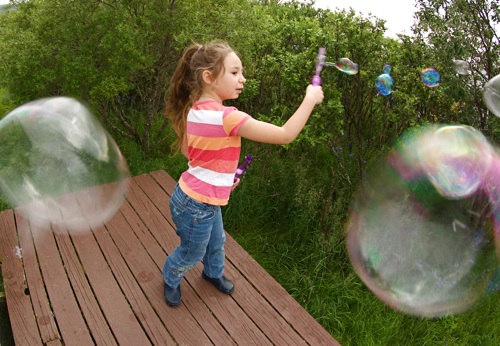

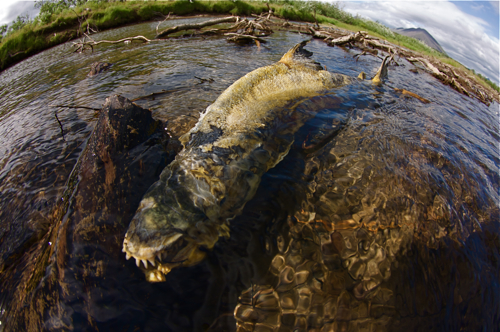
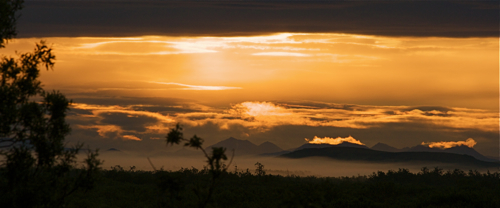
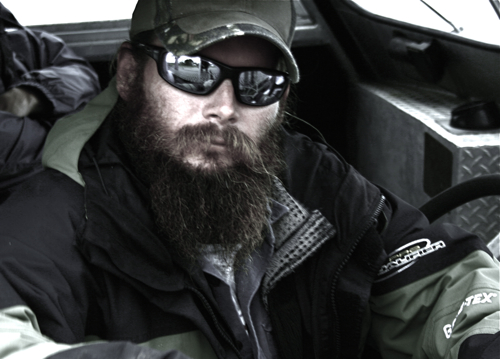
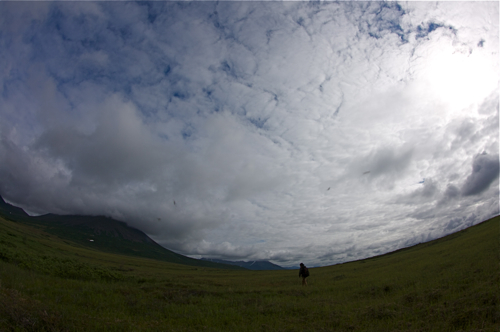
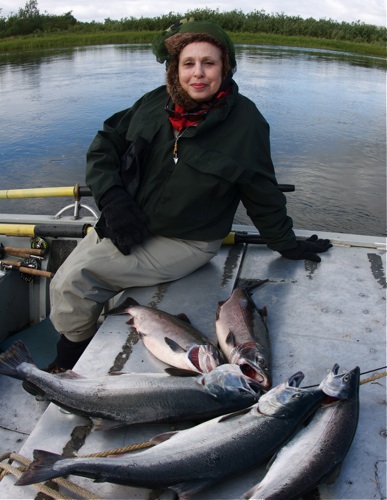
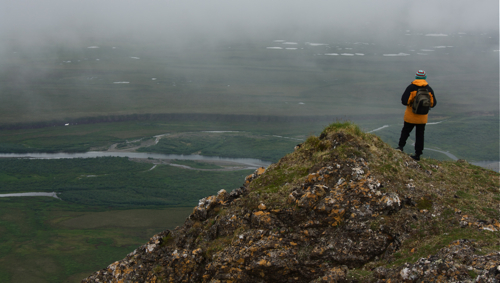
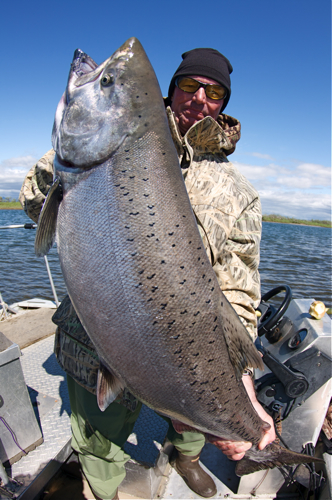
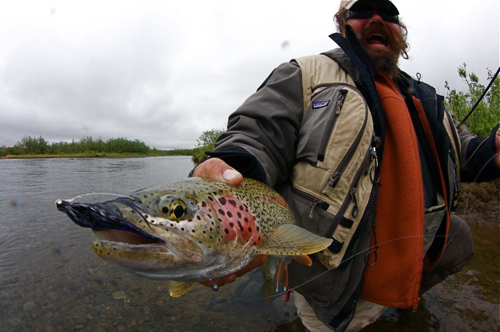
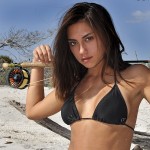
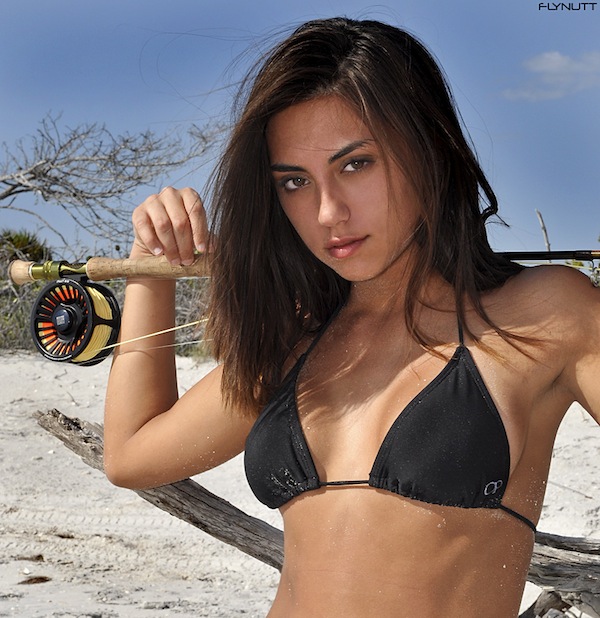
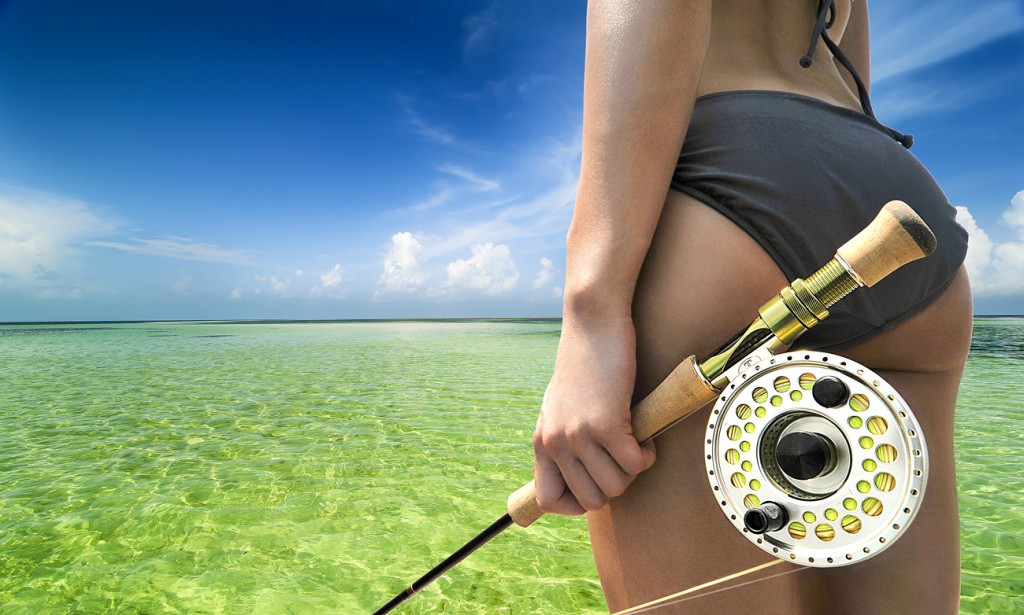
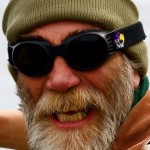
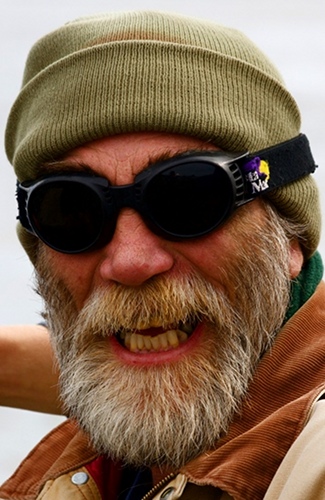
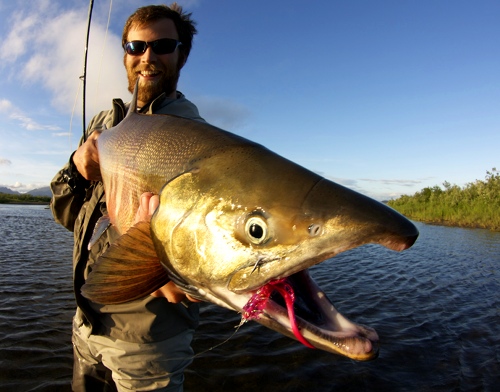
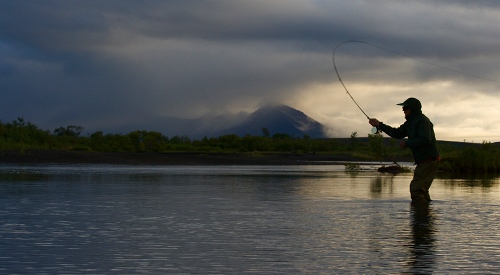
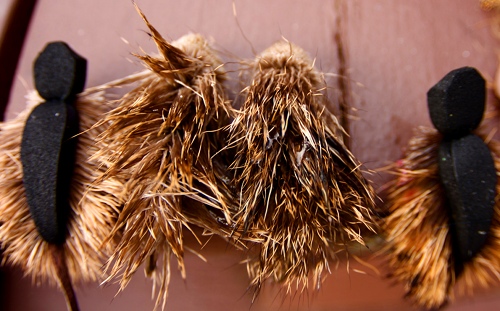
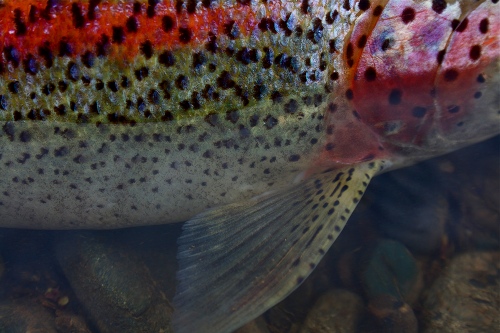
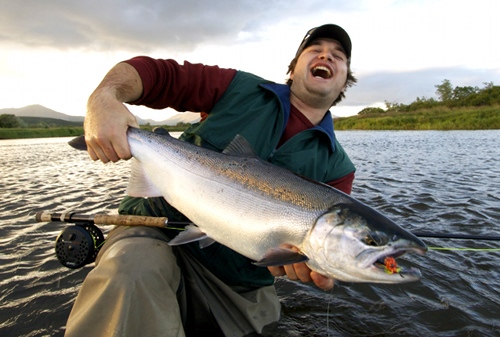
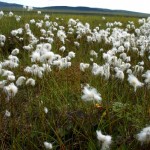
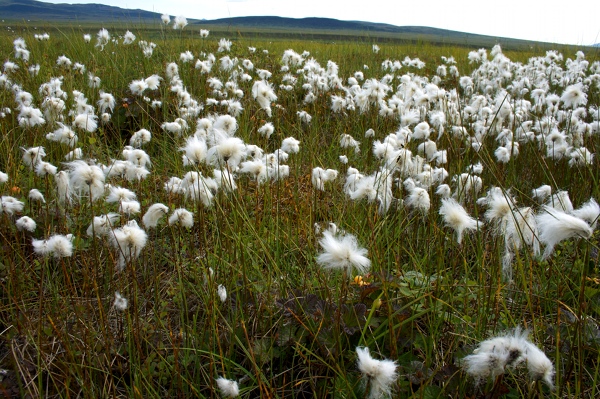
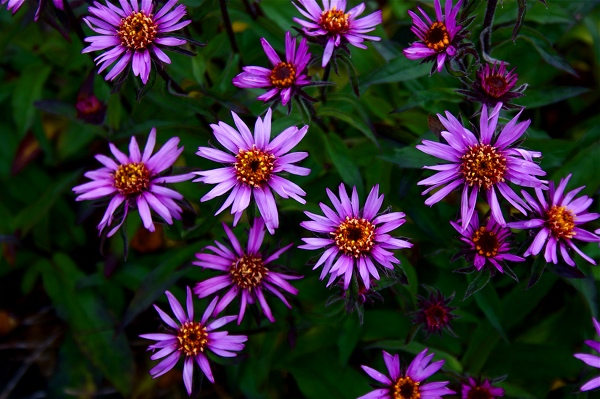

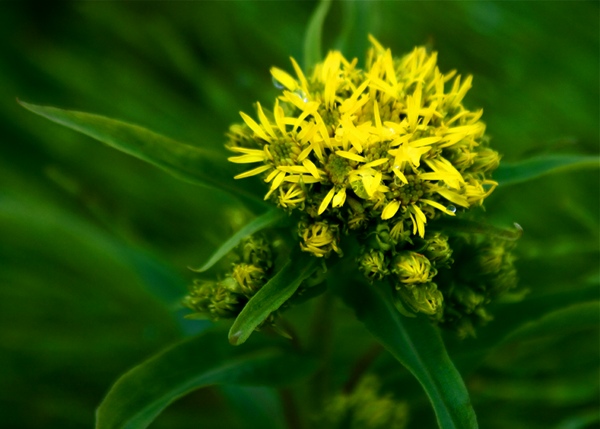
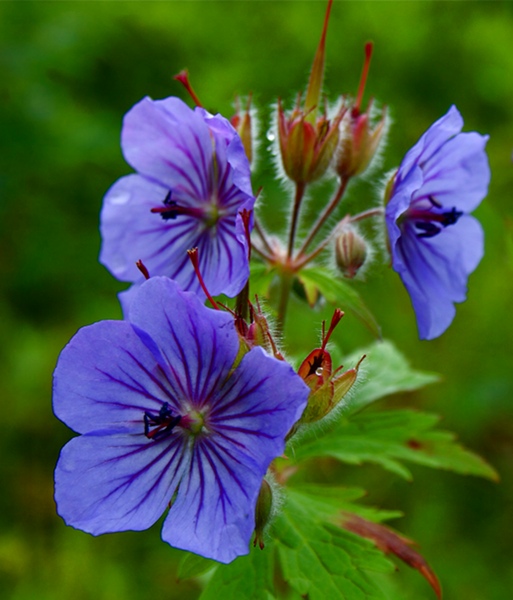
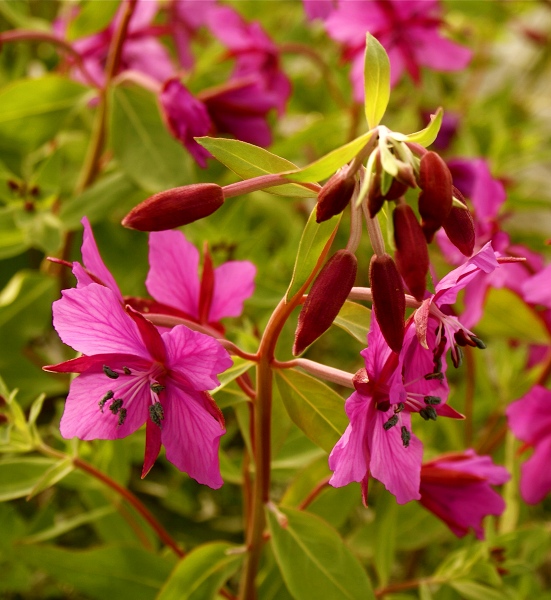

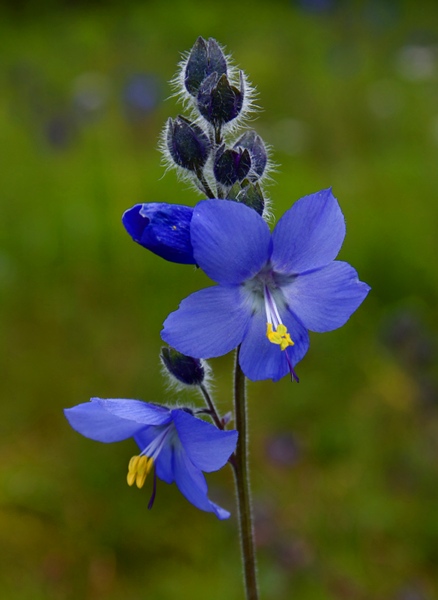
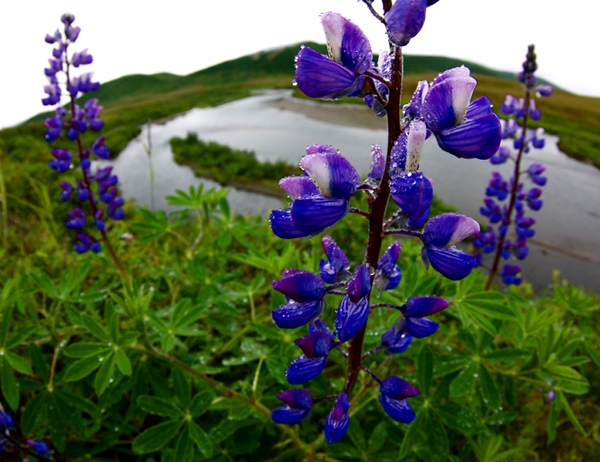

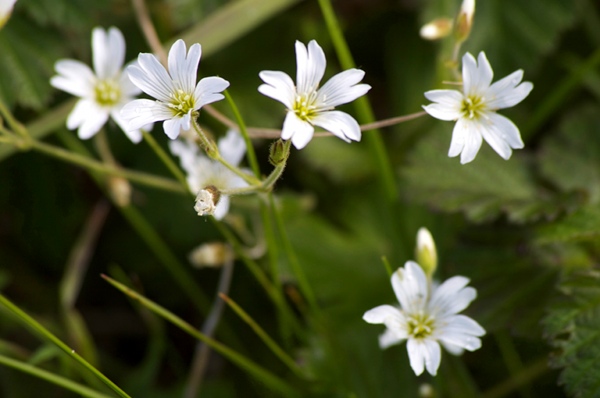
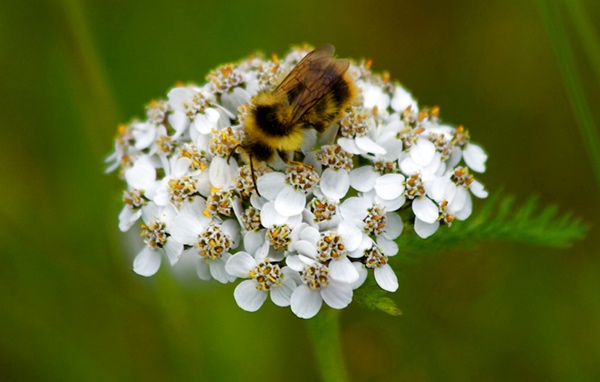
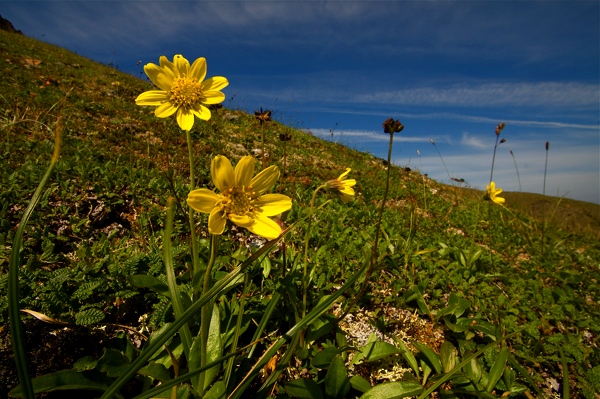
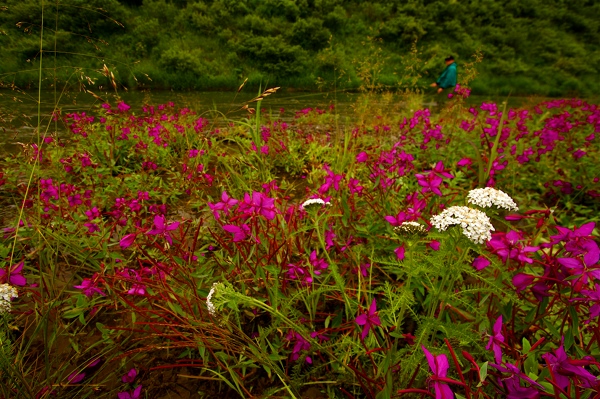
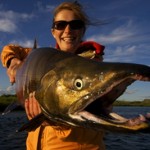
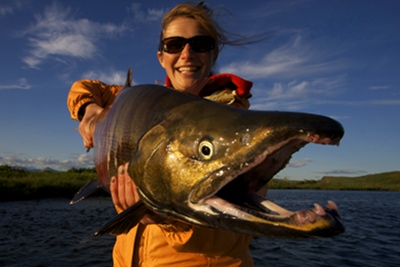
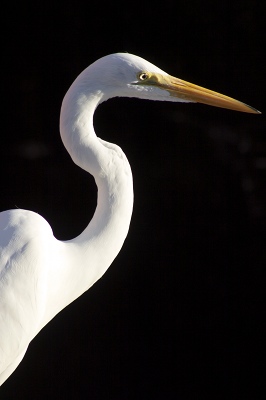
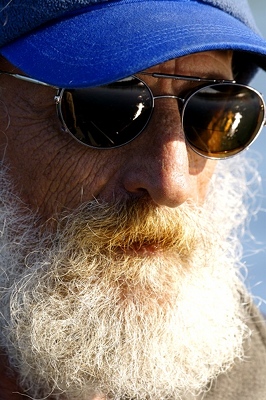
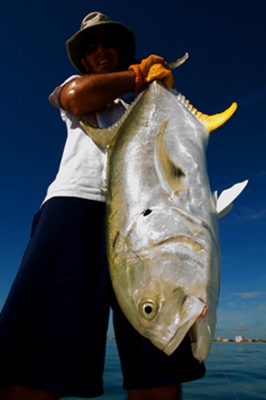
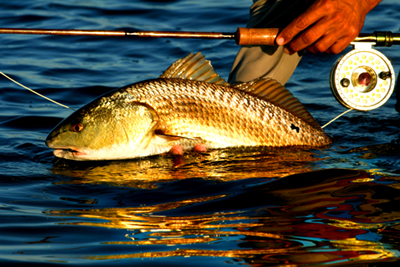
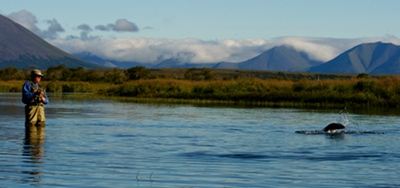
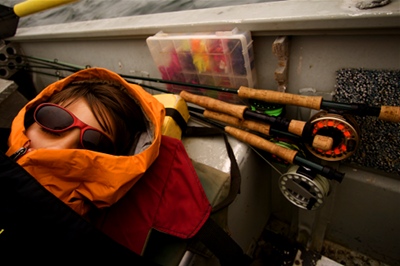
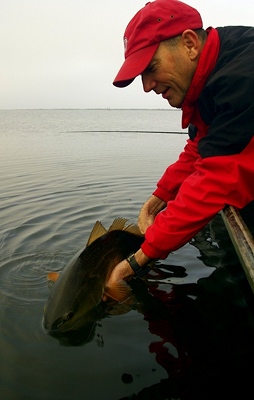
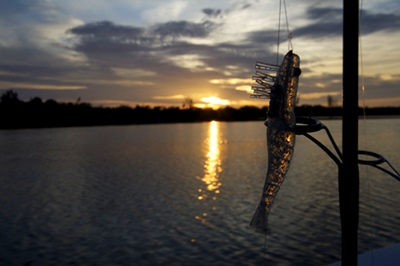
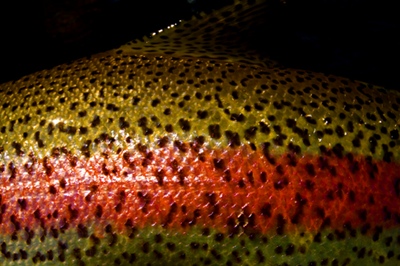
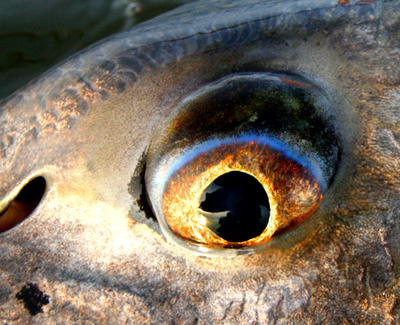
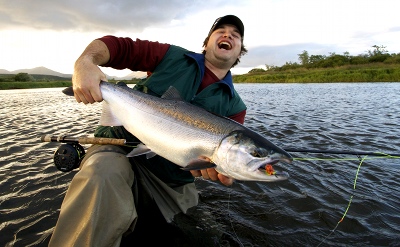
Recent Comments